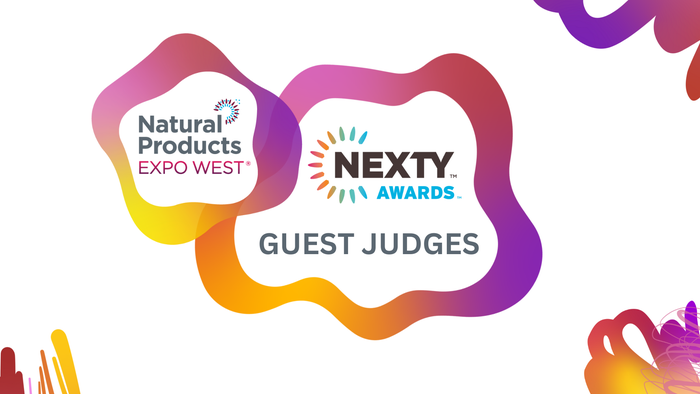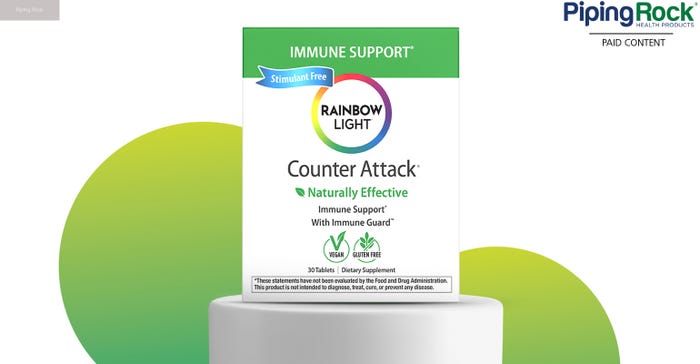How to create a detailed buyer persona
Brands should know who exactly their core consumer is. Detailed buyer personas can help at any stage of business.
July 24, 2020

When developing a new brand or product line, it’s crucial for founders to understand who their core consumer will be. If you don’t, how can you be sure your products will resonate? How will you know which sales channels are the best fit? Or where to direct marketing dollars for maximum reach? You won’t know. You’ll pour your time, energy and money into creating something based only on guesses—a haphazard strategy that rarely works out well.
“If you haven’t proven that anyone wants to purchase your product and shown why they want to purchase it, you’ll launch without landing with any particular audience,” says Allison Ball, creator of the Retail Ready online course and host of the Food Biz Wiz podcast. “As a result, nobody will respond to your launch, your sales will be slow and your product will feel like a flop.”
To avoid crashing and burning before you’ve really gotten started, founders should create a detailed buyer persona for their brand. Sometimes called client avatars or ideal client personas, these are semi-fictional illustrations of the consumer who buys the products and why they’re so connected to the brand. “A common mistake that entrepreneurs make is thinking everyone loves my product, so it’s for everyone,” Ball says. “It’s natural to assume that a larger target audience means higher sales, but that just isn’t true. When you launch a product that has generic branding and doesn’t spark an emotional connection with a core audience, it ends up being kind of ‘meh.’”
The best time to create a detailed buyer persona is during product development, when you still can tweak the formula, packaging, size, target price point and other specs. But Ball says many entrepreneurs skip doing this work, sometimes due to cost constraints, or they do it superficially. “They do a lot of testing with friends and family and give out samples to anyone who pays attention—but of course those people will tell you they like your product,��” she says. “Then when they get good feedback, the entrepreneur says ‘yep, people like it’ and move to the next step without having done that in-depth consumer analysis.”
Although it’s ideal to create a detailed buyer persona before finalizing a product, Ball insists it’s never too late. “If you haven’t done this work yet, now’s the time to go back and revisit it,” she says.
Start asking questions
While there is more than one way to create a detailed buyer persona, Ball instructs her Retail Ready students to first craft a consumer survey. “You’re looking for ‘the big why,’” she says. “Why do they care about this brand? Traditionally, that goes back to what problem you aim to solve with your product. Also ask how frequently they buy products like yours and what they buy instead of your product. Who are you competing with?”
To ensure your questions generate the most useful feedback, construct them very thoughtfully. “Ask questions that give you data you’d use to change your products,” Ball says. “Avoid asking leading questions and those that assume they’d purchase your product in the first place. For example, a bad question is ‘would you buy this product?’ Even if they say yes, that still doesn’t help. It’s much more valuable to ask ‘would you buy this product in a 12-ounce container for $6.99?’ Or, if you’re launching a natural toothpaste, ‘how frequently do you purchase natural toothpaste?’”
Learning where your ideal buyer shops for products akin to yours is also key because it tells you which sales channels to pursue. “If you’re launching crackers, and everyone is buying your competitors’ crackers on Amazon, you need to be on Amazon,” Ball says. “If they’re buying from Kroger, you better try for Kroger.” She also advises finding out where your core consumer gets information, whether from Instagram, mom bloggers or The New York Times, and which voices they trust. That way, you can be sure to include those kinds of outlets in your marketing strategy.
The next step is getting your survey out there—to the right people, which means not family and friends. “There’s nothing wrong with friends twice removed, though,” Ball says. “So maybe don’t ask your sister-in-law how she likes your baby food line, but if she is in mom group on Facebook and will post your survey to it, great. Moms who don’t know you or care about your brand can give you unbiased feedback.”
Brands can also conduct this research via Amazon or other online platforms that incentivize consumers to fill out surveys with payment or free product in exchange for their time and demographic and psychographic information. This route is significantly cheaper than hiring a professional research firm, says Ball, and brands can specify that the survey go to a very specific audience versus anyone and everyone. If the product is still in development and not ready for sampling, still survey, but focus the questions on the category and consumers’ shopping patterns and product preferences within it.
Put your ideal buyer persona to work
Once you receive survey results and begin analyzing the data, “make sure you’re checking your own bias every step of the way,” Ball says. Really soak up all the feedback received, not just the responses you like.
“It’s also important to create an inclusive brand, which might feel counterintuitive to the idea of narrowing down your audience and marketing to your ideal customer,” Ball says. “That’s why, when creating a detailed buyer persona, be sure to focus on the psychographics of that person rather than the demographics. At the end of the day, I don’t care if it’s a 24-year-old white female living in Chicago who buys my product or a 38-year-old Black man in Austin, Texas. If it solves a problem for both of them, then they both fall into your bucket of target audience.”
Also, just because you’ve mapped out your core consumer, that doesn’t mean they are the only consumer who will buy your products. But this is who you’ll be speaking to primarily and keeping in mind when making branding and business decisions. “This gives you a framework and a filter to run decision-making through,” Ball says. “Let’s say you’ve named your ideal consumer Lauren. Then you can ask ‘would Lauren like this granola in a three-pack or a six-pack? Would Lauren like to buy it from Walmart or would she think that’s not in line with our brand and want us to stick with independent grocers?’
Finally, how you know if they've nailed your detailed buyer persona? How can you be sure you’re actually solving the problem you think you are for the consumers you think want your solution?
This is a question Ball gets a lot. “At the beginning, it can feel like you’re guessing, and that’s OK,” she says. “You’ll know if you got it right when it comes time to sell. You’ll get cues like people signing up for your email list an saying they can’t wait to buy your products. But if you’ve chosen an audience, gone down that path and done the work, then post on social media and get crickets, you’ll know your brand doesn’t resonate with particular audience—you’ve missed the mark.”
About the Author
You May Also Like



